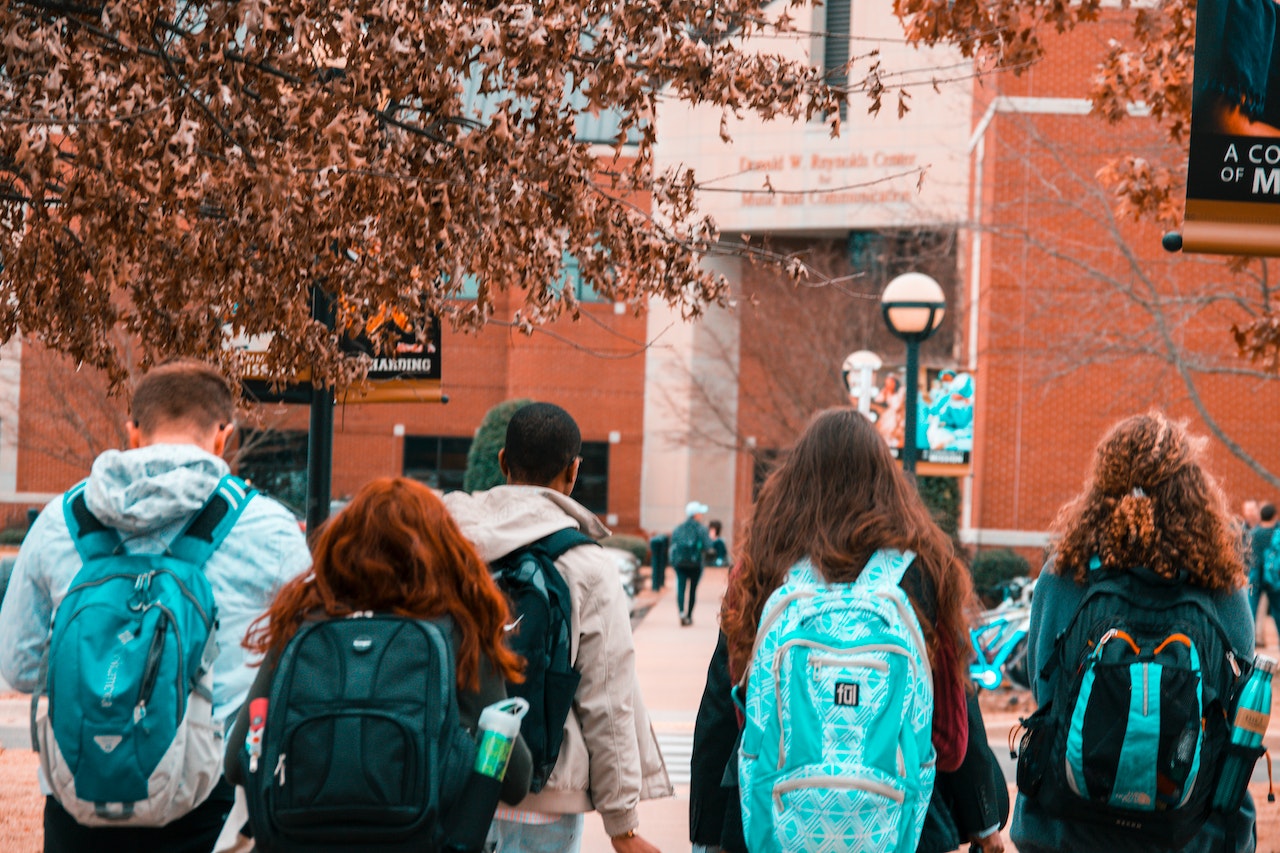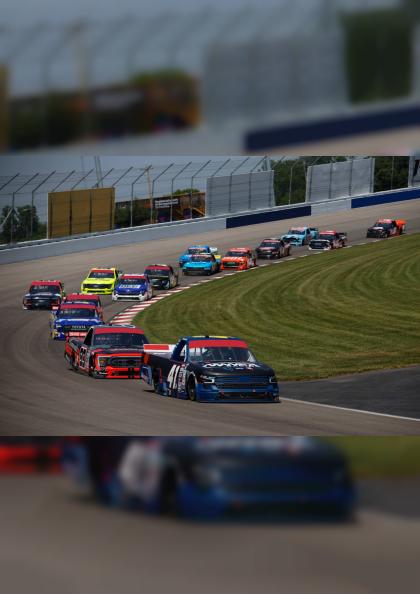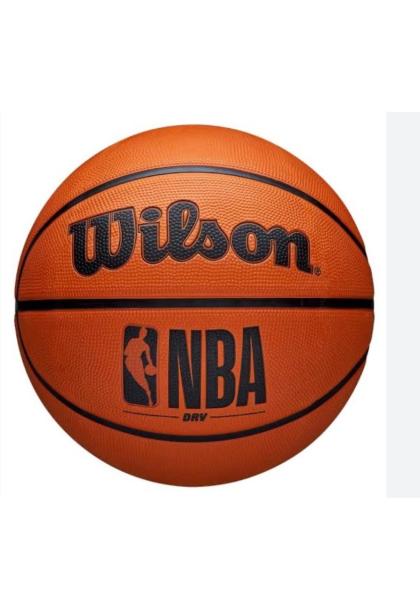How to Apply to Still Available Student Loan Forgiveness Programs

Federal courts continue to obstruct President Joe Biden's one-time student loan forgiveness proposal. Borrowers may be eligible for student loan forgiveness of up to $20,000 under the program. The Supreme Court, which will finally decide on the program's future sometime this year, has received an appeal from the government.
Numerous other federal student debt forgiveness programs are still in effect or are being extended, despite the fact that the court dispute over Biden's one-time cancellation program has placed millions of students in limbo. And these initiatives might offer a lot of relief. Here are some specifics.
Forgiveness of Student Loans Through Income-Driven Repayment Modifications
The term "Income-Driven Repayment" (IDR) refers to a group of federal student loan repayment programs that are determined by the borrower's income. These programs include Pay As You Earn (PAYE), Income-Contingent Repayment (ICR), Income-Based Repayment (IBR), and Revised Pay As You Earn (REPAYE). All of these programs offer loan forgiveness after a certain number of years of payments, usually 20 or 25, depending on the program.
The IDR Account Adjustment, a temporary plan that can offer a borrower a considerable retroactive credit toward their 20- or 25-year IDR payback period, is presently being put into place by the Biden administration. The adjustment allows certain prior periods of deferral and forbearance as well as past periods of payments under any repayment plan to contribute toward IDR as if the borrower had been enrolled in an IDR plan (even if they were not). The effort is expected to bring millions of borrowers closer to student loan forgiveness, with tens of thousands of borrowers getting a full discharge of their debt. By July 2023, the modification is anticipated to have been fully implemented. Many borrowers will receive relief immediately, however some borrowers may need to combine their debts in order to be eligible.
This year, a new IDR plan will also be made public by the Education Department. For many debtors, this plan will offer lower monthly payments and a shorter payback period. Important information has yet not been made public, but officials should update the public in the upcoming months.

Temporary PSLF Flexibilities as a Way to Loan Forgiveness
Federal student debts can be forgiven under the Public Service Loan Forgiveness (PSLF) program for borrowers who have dedicated their careers to working for the government or nonprofit sector. After making 120 eligible payments, or the equivalent of 10 years, borrowers can earn student debt forgiveness (although the payments do not have to be consecutive).
Last October, the Limited PSLF Waiver program came to an end. It had temporarily given flexibility so that prior periods that would have been rejected might now qualify for PSLF. However, many of the advantages of the Limited PSLF Waiver have effectively been extended by the IDR Account Adjustment, offering borrowers a second chance at retroactive relief. 360,000 borrowers have already received $24 billion in federal student loan forgiveness thanks to the Education Department's approval as of October.
The PSLF program's standards will undergo more significant adjustments in this year's new federal regulations, which should make it slightly simpler for borrowers to be eligible for debt forgiveness.
Through the Department of Education's dedicated webpages for the limited waiver, IDR Account Adjustment, and updated PSLF regulations, borrowers can learn more about the temporary PSLF flexibilities. Using the PSLF Help Tool, borrowers can submit the necessary PSLF employment certifications.
Forgiveness of Student Loans for Borrowers Swindled by Their Institution
For debtors who were deceived by their educational institution, the Borrower Defense to Repayment procedure can eliminate the federal student loan obligation. For instance, false statements regarding eligibility requirements, credit transferability, or job prospects may qualify as a borrower defense to repayment.
Recent Borrower Defense compensation of $6 billion for 200,000 borrowers who attended dozens of schools accused of wrongdoing was allowed by a federal court. Additionally, more than 750,000 former students of Corinthian Colleges and ITT Technical Institutes, now-defunct institutions that crumbled under the weight of investigations, received collective Borrower Defense discharge approval from the Education Department earlier last year.
But even if they are not eligible for this relief, debtors can still qualify by completing a Borrower Defense to Repayment application. Some borrowers may find it simpler to apply and obtain assistance thanks to new federal laws governing the Borrower Defense program, which go into effect in July.

Disabled Borrowers' Student Loan Forgiveness
A Total and Permanent Disability (TPD) discharge is available to borrowers who, due to a medical condition, are unable to continue in substantial, gainful work. The federal student loans that a borrower has taken out may be completely forgiven as a consequence of the TPD discharge program. If a borrower satisfies the TPD discharge conditions as determined by the Veterans Administration (VA) or Social Security Administration (SSA), they may be eligible, or they may get a physician's certification.
A new data-sharing program between the Education Department and SSA to facilitate automatic discharges, easing post-discharge income-monitoring guidelines, and reversing the reinstatements of discharged loans are some temporary measures the Biden administration has put in place to make the process simpler for borrowers.
Many of these approaches will be codified in the federal regulations governing the TPD Discharge program that come into effect this summer, which will also simplify the application process. By going to the Education Department's dedicated TPD Discharge web page, borrowers may get additional information about the program and submit an application.
Bankruptcy-related Student Loan Discharges

Recent updates to bankruptcy laws governing federal student loans made by the Biden administration may make it simpler for some debtors to discharge their federal student debt in bankruptcy.
It might be challenging for debtors to discharge their student loans in bankruptcy due to strict phrasing in the bankruptcy statute that regards student loan debt differently from other consumer obligations. Instead of making the borrower go through a drawn-out and expensive legal procedure, the new federal regulations would set principles that can help the Education Department and Justice Department evaluate whether a borrower may meet the "undue hardship" discharge level needed by federal law.
To learn more about their legal rights and alternatives under the new regulations, borrowers should speak with a consumer bankruptcy counsel. The National Organization of Consumer Bankruptcy Attorneys (NACBA) will help you identify a lawyer, or you can ask your state or local bar association for a recommendation.






























